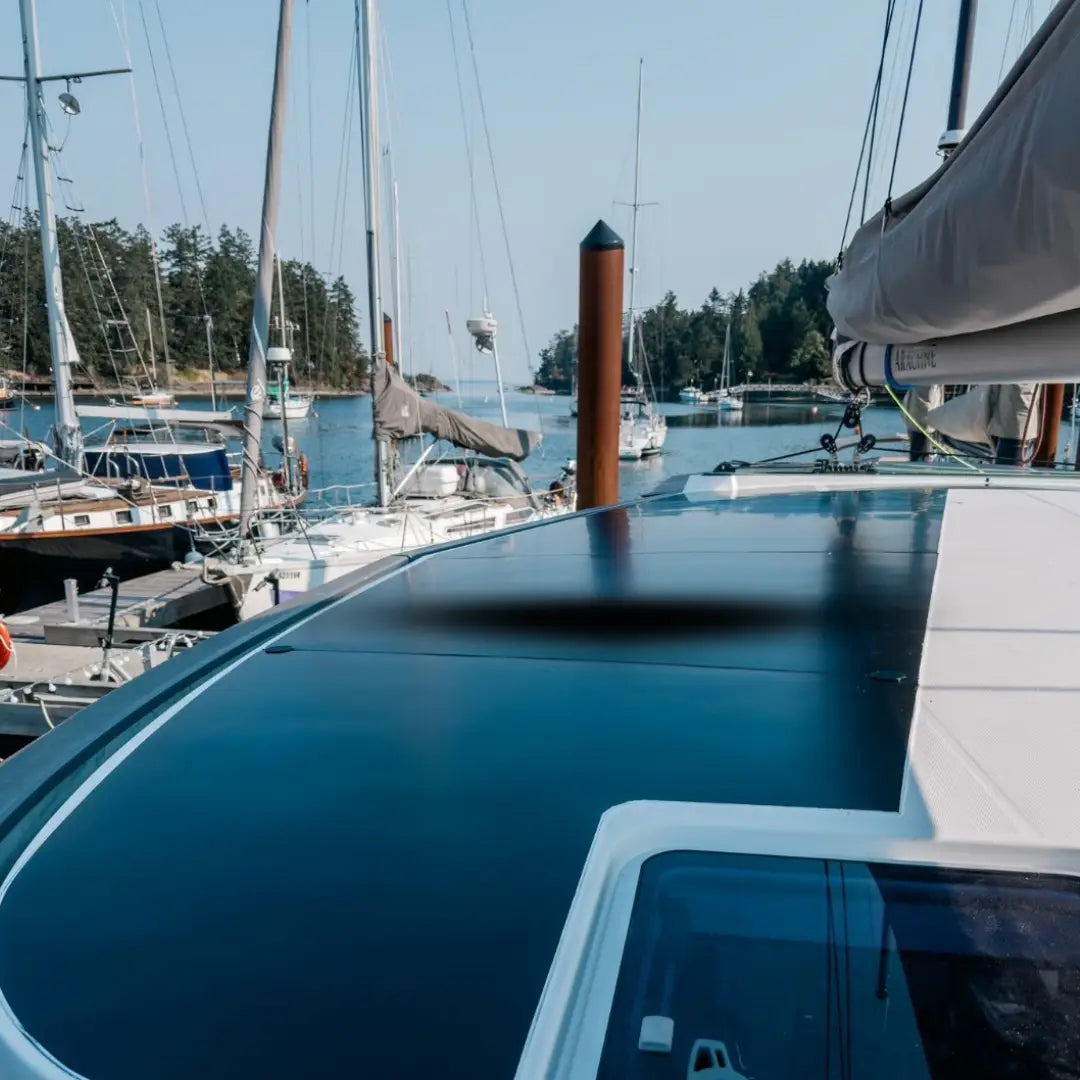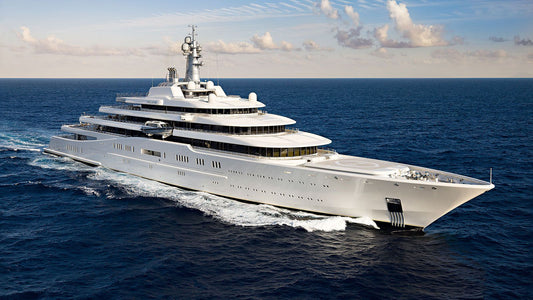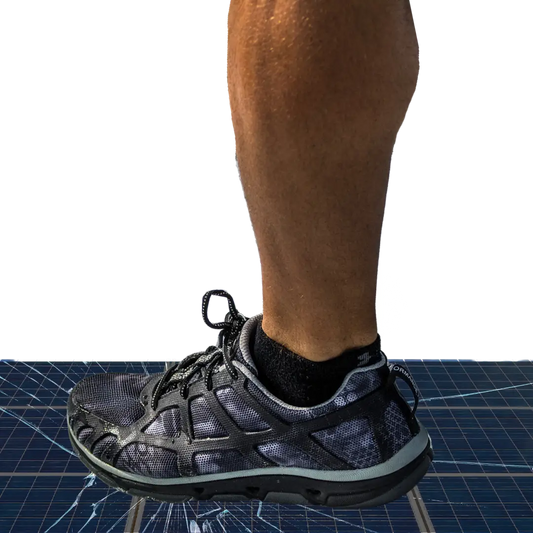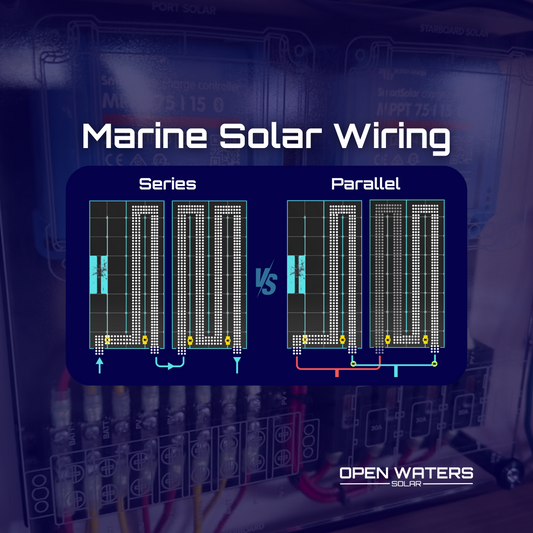The Effects of Shading on Marine Solar Panels

Share
The Effects of Shading on Marine Solar Panels: Why It Happens and How to Minimize It
In the marine world, solar power is an essential resource for boat owners who want to reduce their reliance on noisy generators and internal combustion engines. At Open Waters Solar, we believe in harnessing the power of the sun to keep boats running clean, quiet, and sustainably. However, one challenge that many boat owners face is solar panel shading, which can dramatically reduce the efficiency of a solar energy system. Understanding why shading impacts marine solar panels, how it happens, and what you can do to mitigate the effects is crucial to getting the most out of your solar setup.
Why Shading Affects Marine Solar Panels
To understand the effects of shading, we need to first dive into how solar panels work. Solar panels consist of photovoltaic (PV) cells, typically made from silicon, that convert sunlight into electricity. Each panel is made up of multiple cells wired together in a series. When sunlight hits these cells, they generate an electric current, which is then used to power various onboard systems.
Now, here’s the catch: Solar panels are designed to work best when all cells are receiving an equal amount of sunlight. When one or more cells are shaded—whether by a sail, rigging, antennas, or other boat structures—it can create a bottleneck in the system. This shading disrupts the flow of current through the affected cells, forcing the entire panel to operate at the efficiency of the weakest link. Even a small shadow can reduce the panel’s output significantly. This can also be caused by cracked cells, which is why durability is important.
In marine environments, this is a common issue. Boat decks are rarely flat, and rigging, sails, and other equipment can easily cast shadows on the panels. Additionally, as boats move and rotate with the wind and water, shading becomes a dynamic problem that changes throughout the day.
Shading Can Create Hotspots
Natural elements such as leaves, dust, or bird droppings can obstruct portions of solar panels, preventing shaded cells from producing electricity efficiently. Instead of contributing to power generation, these shaded cells draw energy from the unshaded ones, leading to heat buildup and the formation of hot spots. Similarly, shadows cast by fixed objects like buildings or utility poles can create hot spots, particularly during the early morning or late afternoon when the sun is lower in the sky.
The Impact of Shading on Solar Efficiency
You might assume that shading only reduces the power output of the shaded portion of the panel. However, that’s not the case. Because solar cells are wired in series, shading just one cell can drop the power output of the entire panel. In some instances, studies have shown that shading as little as 10% of a solar panel can reduce its output by more than 50%.
This is because the cells work like a chain—each one affects the others. A shaded cell acts like a bottleneck, restricting the current for the entire string of cells. In a marine environment where space is limited and optimizing energy production is crucial, this can be a major issue.
How to Minimize Shading Impact on Marine Solar Panels
At Open Waters Solar, we take the issue of shading seriously. After all, our mission is to protect marine animals by reducing human noise in the ocean through generator reliance reduction through standard and custom solar products. To make solar more viable for marine applications, we’ve developed solutions that specifically address shading problems.
Here are a few ways to minimize the impact of shading on your boat’s solar system:
1. Strategic Panel Placement
The first step in minimizing shading is to plan your solar installation carefully. During installation, make sure that panels are positioned in the least-shaded areas of the boat. Areas like the bimini, cabin top, and even the sides of the boat can provide better sunlight exposure. Conducting a shading analysis before installation can help determine the best spots for your panels.
2. Use of Bypass Diodes
At Open Waters Solar, we utilize advanced bypass diode technology in our marine solar panels. Bypass diodes are devices built into the solar panel that help reroute electrical current around shaded cells. Instead of allowing a shaded cell to limit the power output of the entire panel, bypass diodes ensure that the electricity generated by unshaded cells continues to flow freely. This prevents significant drops in power and helps keep your system running efficiently, even when some shading occurs.
Bypass diodes essentially create "passing lanes" in the electrical system, allowing current to bypass shaded areas and flow through the unshaded cells. This results in far better performance, even in imperfect conditions where shading is inevitable.
3. Parallel Panel Configurations
When designing a solar array for a boat, wiring the panels in parallel can help reduce the impact of shading. In a parallel configuration, the shaded panel only affects itself, and the remaining panels continue to operate at full capacity. This is a great option for boats with multiple small panels installed in different locations.
Shading Challenges Unique to Marine Applications
Marine solar panels face unique challenges compared to land-based systems. The constant movement of the boat, rigging, and equipment on board means that shading is more dynamic and less predictable. But with proper planning and the right technology, these challenges can be overcome.
At Open Waters Solar, we are committed to providing marine solar panels that perform well in all conditions, including shading. Our proprietary solar technology, made from composite laminate fibreglass, adds another layer of durability and flexibility, ensuring that panels remain resilient and efficient even in challenging marine environments.
Shading is an inevitable challenge in marine solar applications, but it doesn’t have to be a deal-breaker. By choosing high-quality panels with bypass diodes and placing panels strategically, you can minimize the impact of shading and ensure that your solar energy system delivers the power you need.
At Open Waters Solar, we’re dedicated to creating solar solutions that not only perform in challenging marine environments but also help reduce the noise pollution that threatens marine wildlife. Whether you’re sailing the open seas or docking in a quiet harbor, our solar panels are designed to keep your boat running efficiently and quietly, all while reducing your environmental footprint.



